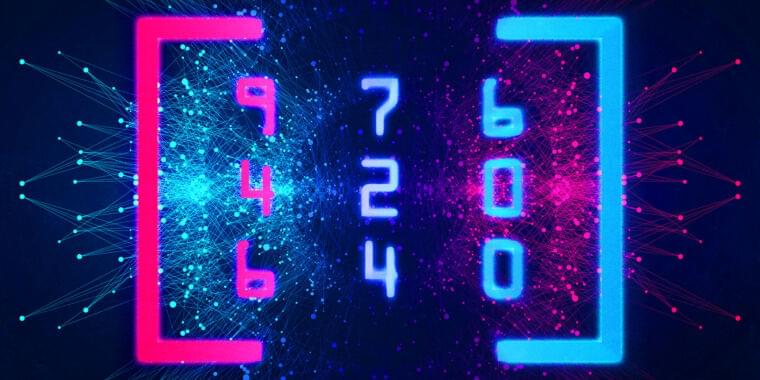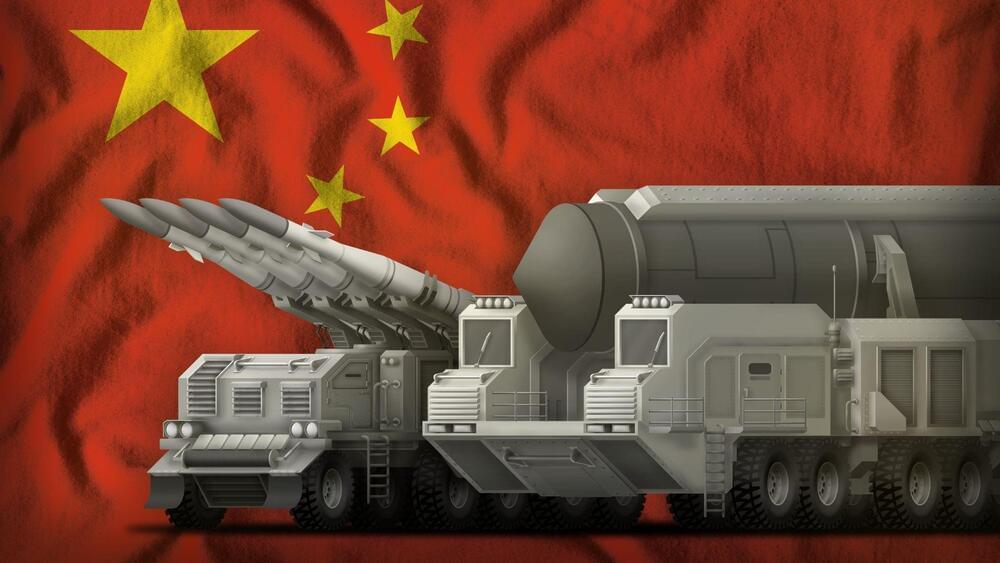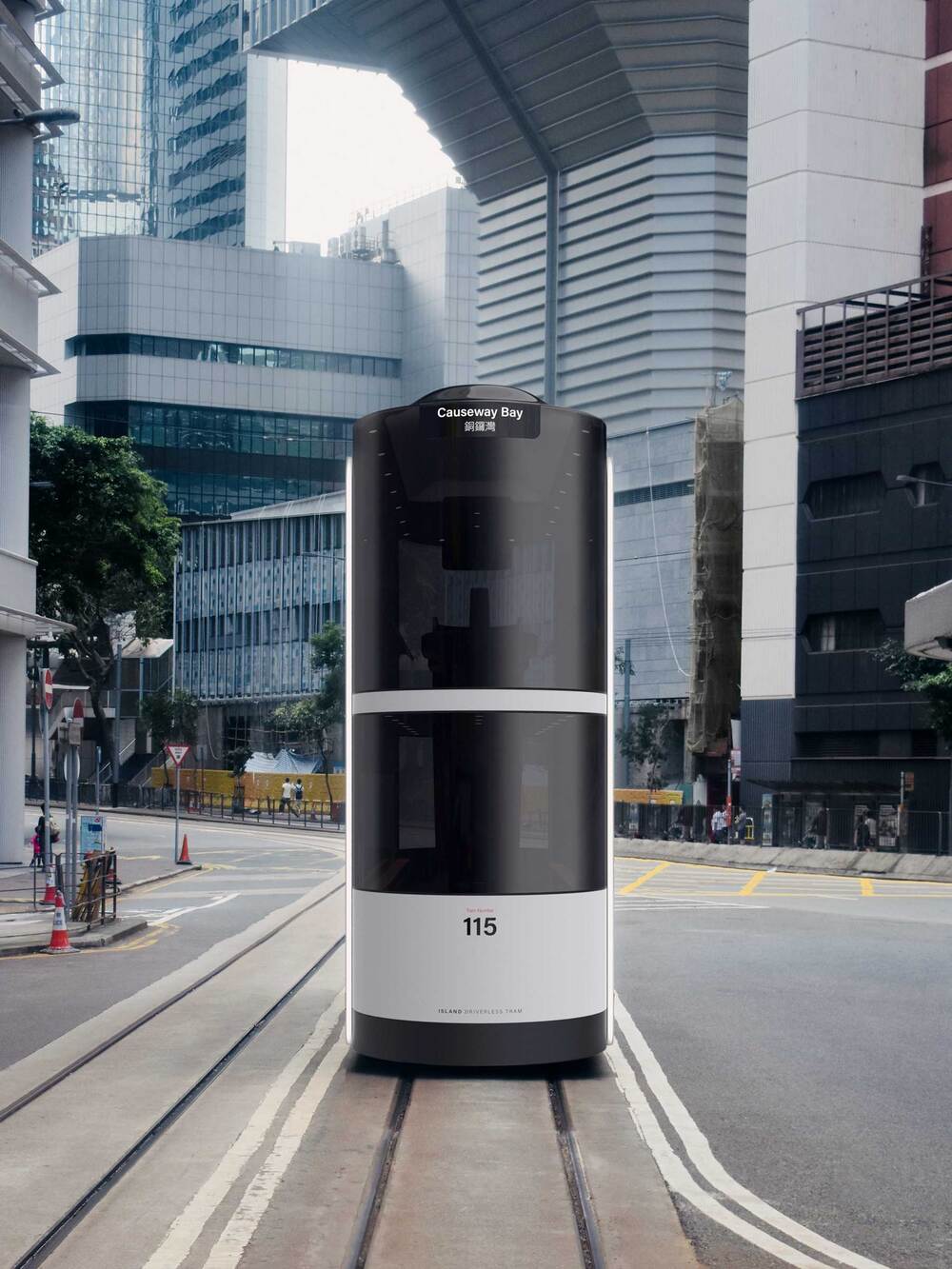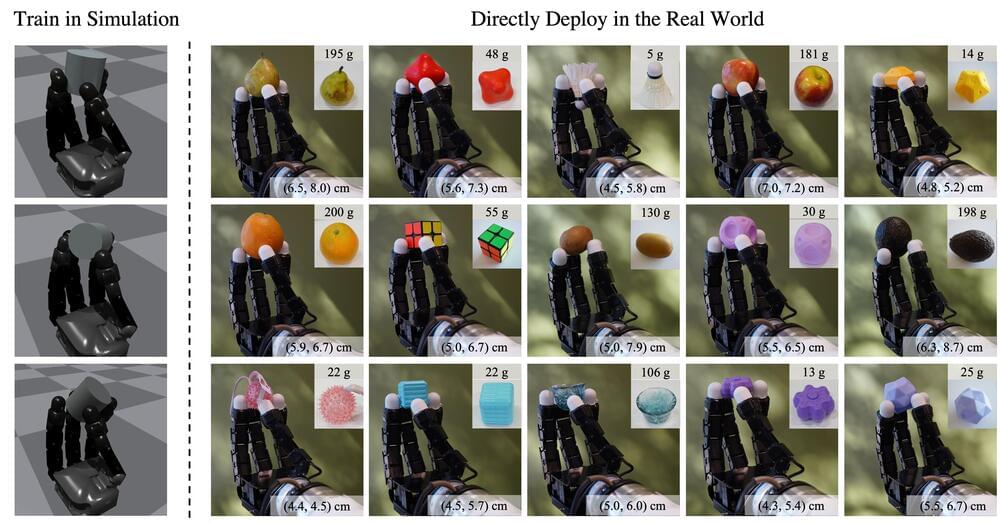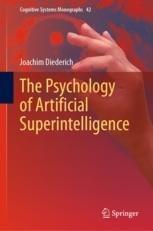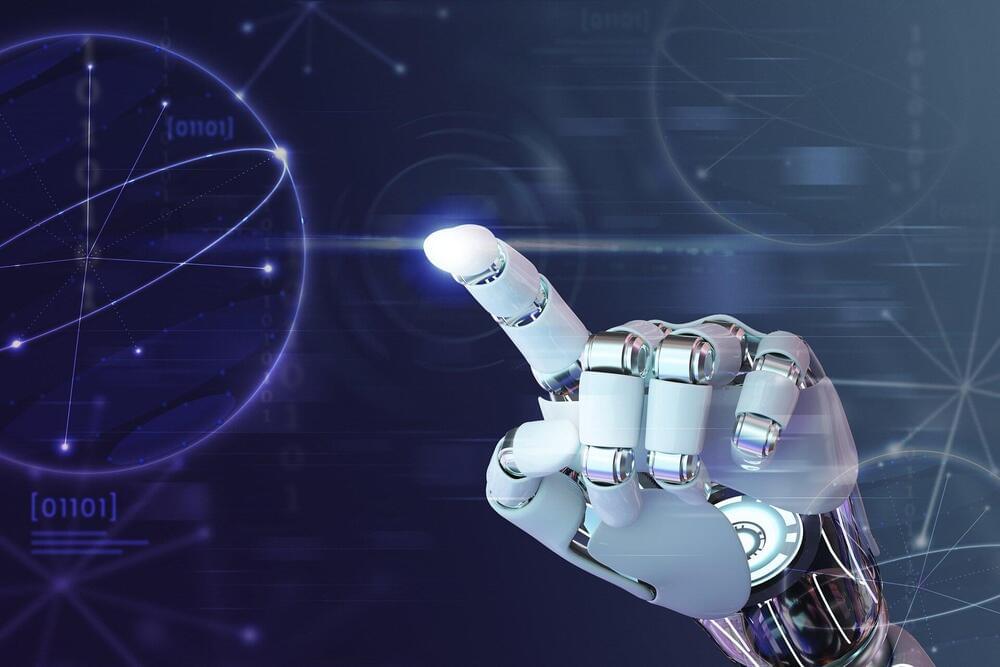Matrix multiplication is at the heart of many machine learning breakthroughs, and it just got faster—twice. Last week, DeepMind announced it discovered a more efficient way to perform matrix multiplication, conquering a 50-year-old record. This week, two Austrian researchers at Johannes Kepler University Linz claim they have bested that new record by one step.
In 1969, a German mathematician named Volker Strassen discovered the previous-best algorithm for multiplying 4×4 matrices, which reduces the number of steps necessary to perform a matrix calculation. For example, multiplying two 4×4 matrices together using a traditional schoolroom method would take 64 multiplications, while Strassen’s algorithm can perform the same feat in 49 multiplications.
